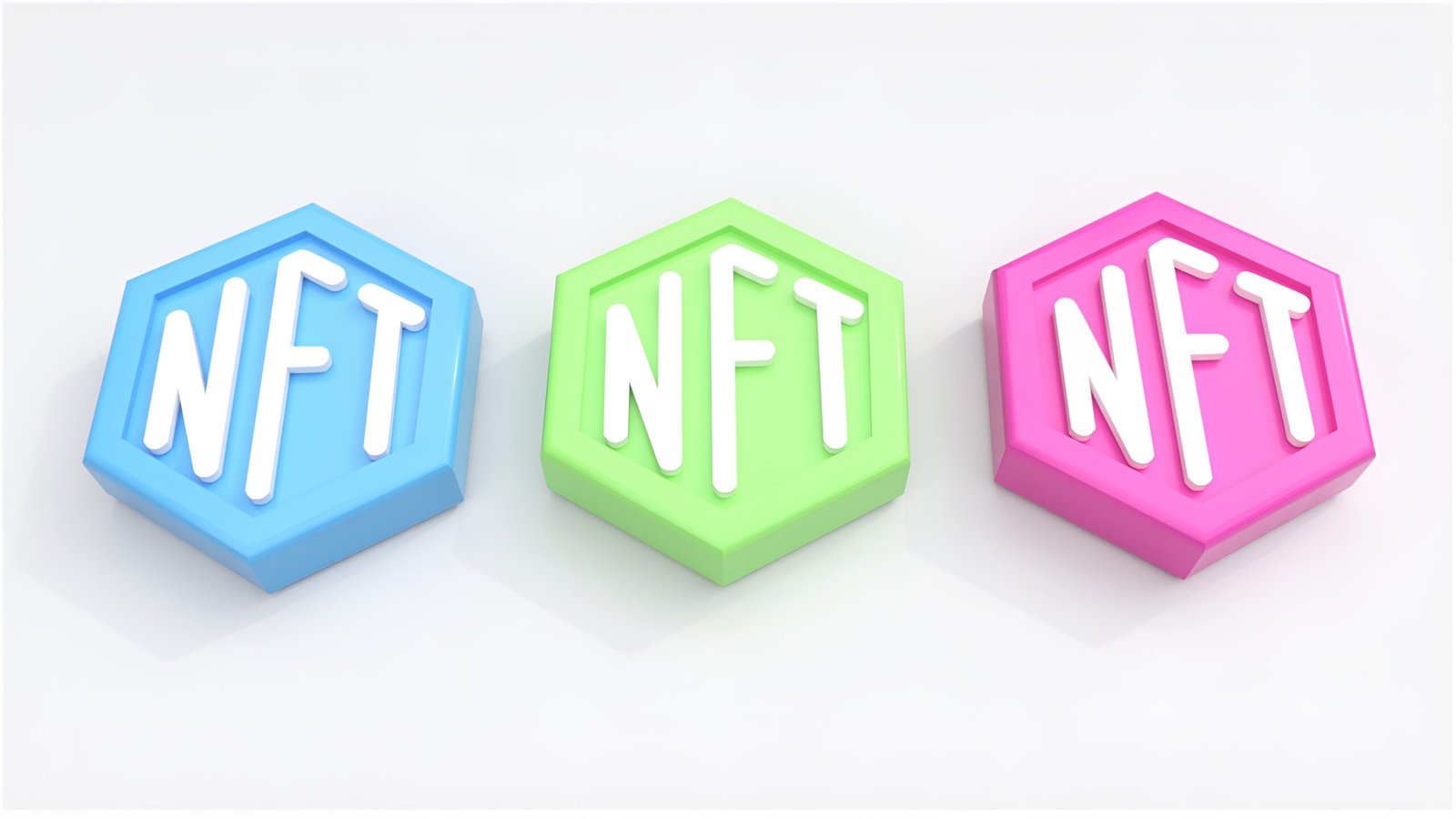❤️ Powerful Real Love Spells That Work
Attract true love, reunite with your partner, and strengthen relationships with proven magic spells.
Introduction
When it comes to trading in the financial markets, understanding the various order types is crucial for making informed and effective investment decisions. Different order types serve different purposes and can help traders capitalize on market opportunities while managing risk. In this article, we will explore the most common order types, including market orders, limit orders, and stop orders, and delve into how to use them effectively to enhance your trading strategy.
Market Orders: Seizing Immediate Opportunities
A market order is one of the simplest and most straightforward types of orders. When placing a market order, you instruct your broker to buy or sell a security at the best available price in the market. The key characteristic of a market order is its immediacy. It is executed promptly, ensuring that the transaction takes place as soon as possible.
Market orders are particularly useful in highly liquid markets where there is a significant volume of buyers and sellers. They are favored by traders who prioritize quick execution over the precise purchase or sale price. Market orders are ideal for situations where the investor wants to enter or exit a position swiftly and is less concerned about the specific price at which the order is executed.
Limit Orders: Exercising Price Control
Limit orders provide traders with greater control over the execution price of their trades. With a limit order, you set a specific price at which you are willing to buy or sell a security. The order will only be executed if the market price reaches or exceeds your specified limit price.
Limit orders allow traders to be more precise in their entry and exit points, ensuring that they achieve their desired purchase or sale price. They are particularly useful when trading volatile securities or during periods of market uncertainty, as they offer protection against sudden price fluctuations.
Furthermore, limit orders can be advantageous for longer-term investors who are not concerned about immediate execution. By patiently waiting for the desired price level, traders can potentially benefit from more favorable pricing and reduce the impact of short-term market volatility.
Stop Orders: Managing Risk and Automating Trades
Stop orders, also known as stop-loss orders, are designed to limit potential losses and manage risk. A stop order becomes a market order once a specified price, known as the stop price, is reached. It is then executed at the best available price in the market.
Stop orders are widely used by traders to protect against adverse market movements. By setting a stop price below the current market price for long positions (or above the market price for short positions), traders can limit potential losses if the market moves against them. Stop orders are particularly valuable when traders are unable to actively monitor the markets or need to protect profits on existing positions.
Moreover, stop orders can also be utilized to automate trading strategies. For instance, a trader may set a stop order to buy a security if its price breaks out above a certain level or sell if the price falls below a specific threshold. By automating these trades, traders can capitalize on market movements without constantly monitoring the markets.
Conclusion
Understanding the different types of orders is essential for any trader looking to navigate the financial markets effectively. Market orders, limit orders, and stop orders each serve distinct purposes and can be used to capitalize on opportunities while managing risk.
Market orders are excellent for quick execution and are particularly useful in liquid markets. Limit orders offer more control over execution prices and are ideal for traders who want to enter or exit positions at specific price levels. Stop orders help manage risk by limiting potential losses and can be used to automate trading strategies.
As a trader, it is crucial to evaluate your investment goals, risk tolerance, and market conditions before deciding which order type to employ. By utilizing the appropriate order type, you can enhance your trading strategy, improve execution, and ultimately increase your chances of achieving your financial objectives in the markets.




